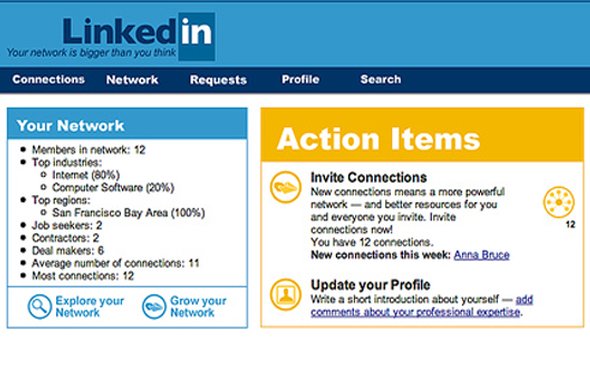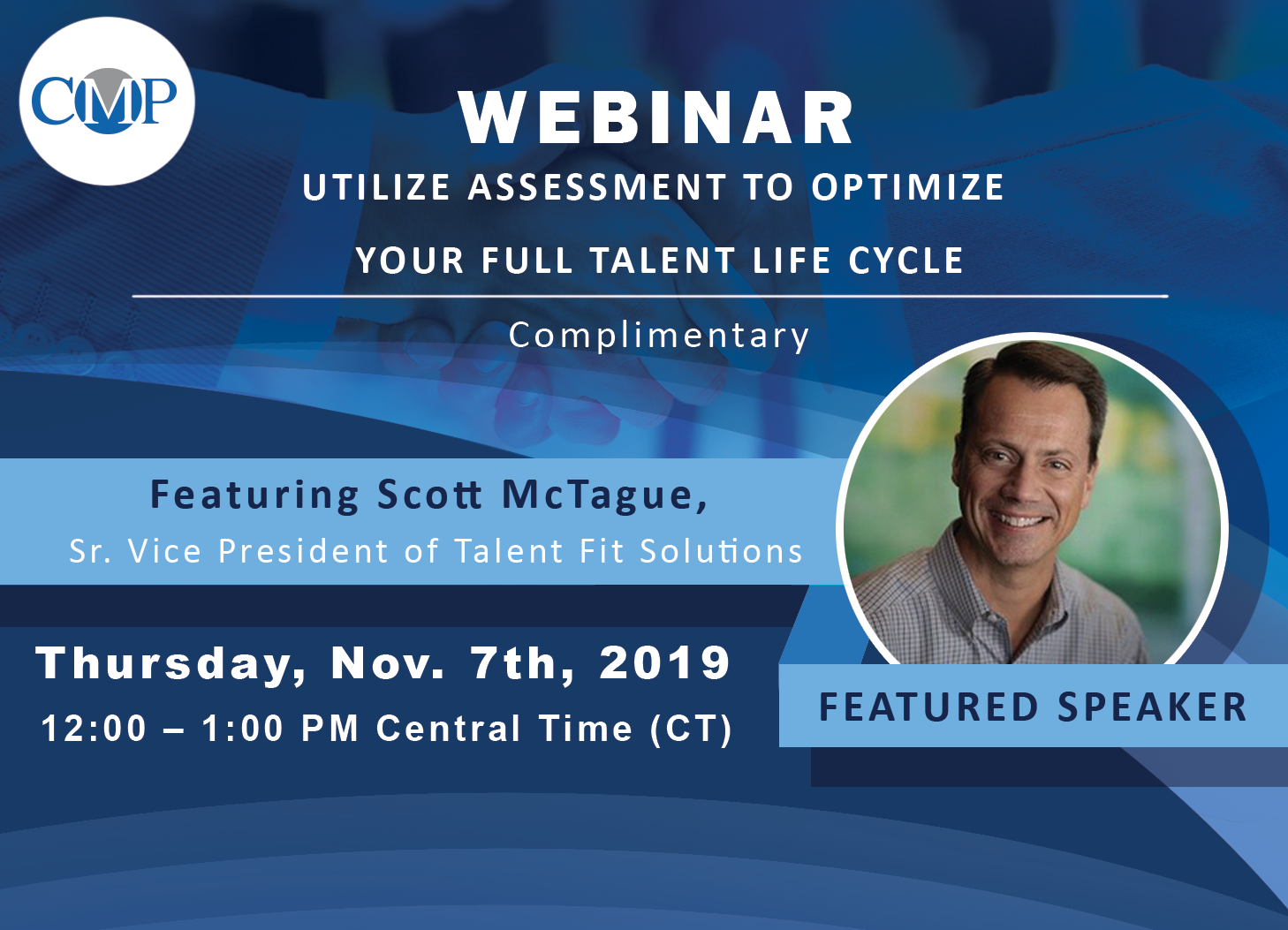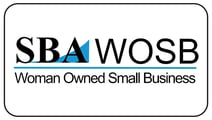I was listening to the LinkedInformed podcast by Mark Williams last week, where he did a deep dive into LinkedIn profile settings. I decided to tour my settings to see if any changes were needed, and I noticed that I joined LinkedIn fourteen years ago, on October 18, 2005.
What have I learned, what changes have I seen, where do I see LinkedIn going in the future?
Growing My Network
Linkedin was launched in 2002. While I was not a pioneer, I was an early adopter. LinkedIn had just over one million members in 2005 (it has 610 million members today). While LinkedIn is older than Facebook and Twitter, it has the smallest membership.
Here is what LinkedIn looked like in 2003.

In the early years, the site felt a little more exclusive. That was great if the people you wanted to connect with were on the platform, not so great if you are looking to build a network of new connections. Linkedin took a while to reach a level, for me at least it was 2013, to have a membership level where I could begin to find almost anyone that I wanted to connect with professionally.
I have to laugh now when I think back to when I reached 500 connections and moved into the “500+” club. This designation was when LinkedIn would stop showing how many total connections you had. I can remember some of the various connection milestones along the way, but how I got to my current level of 6,861 links is a bit of a blur.

From the first connection to where I am today, I still believe that quality beats quantity.
LinkedIn Will Always Be A Job Search Tool, But The Site has Made The Jump Curve to Becoming An Easy Connection Forum
I remember when employers would block LinkedIn usage on company computers because they believed that social media access would be a time drain and that LinkedIn particular was only a tool for job search. I remember twice having to go to my IT department (these were the days before The Frontier Group) and petition for access.
Today LinkedIn has become a great connection tool for professionals. It also helps people learn new ideas and concepts, do competitive research, and develop business (more on this).
Social Selling Is Just Selling
LinkedIn enables us to connect and build relationships that can help us personally and professionally. When genuinely connecting with someone on LinkedIn and moving to a discussion about shared interests work for me, I have to draw the line when someone uses a connection request as a green light to start giving me the heavy pitch.
Somehow the term “social selling” became a term that loosely means that the hardline sales pitches and cold calls were now being replaced with something more friendly – more social. Truth is cold calling is what it is. While I try to keep my guard up, I still get the accepted connection that turns into the four email chain of sales pitches. We all live and learn.
Here is a typical example of what "social selling" has evolved to today (source: The 10 Worst LinkedIn Sales Messages Ever)
10) Larry Linkediner
Hey Zorian,
Our CEO, Wes Webinar, is teaming up with fellow CEO, Timmy Talker, to share ideas for doing super training in a webinar on Thursday, July 30. Better training has helped our clients shorten sales cycles by 88% and boost their close rates by 55%. Would love to have you join.
Register here: http://bit.ly/ abc123
Thanks,
Larry
Why This Message Sucks: Again, this is an obvious “spray and pray” approach. Larry starts with “Hey” which turns me off right away (see above). Then he pitches a webinar without understanding if the content would be interesting to me or not. It doesn’t tie into anything I’ve written about my experience or interests on LinkedIn. So this just won’t work. Sorry Larry.
The LinkedIn Content Machine Is A Demanding Beast
The real social component of LinkedIn is where you share content to build an audience and, hopefully, interest in what you are selling. The reality is that the contributions of the LinkedIn membership are what create value (aside from the jobs section). Without all of the member articles, posts, and comments, LinkedIn would be not much more than a job board.
Writing and contributing to LinkedIn is hard work. I know this after 161 long-form articles and countless posts and comments. To break through and register on someone’s newsfeed (the holy grail of LinkedIn contributors) requires a dedicated effort. Unfortunately, we also have jobs.
"If you're not paying for the product, you are the product.".
I have observed over the years the burnout and attrition of some great LinkedIn contributors who shared fantastic content, hoping that it would generate inbound business. In the end, it was not a sustainable business model. But the LinkedIn content throne is an alluring prize, and today there are new faces providing some great, fresh content. I wish them well.
Contributing to LinkedIn still makes sense to me because it builds a robust public profile about who I am, what I can do, and what expertise I can share with others.
The Daily Engaged LinkedIn Audience Is Still A Small Part Of The Total Membership
There is no reliable statistic that I can find to say many people actively check LinkedIn out. Some of the published accounts say that 50% check in monthly, and a mere 1% contribute content every week (yes – I have finally made it to the 1% club!). These statistics seem reasonable since people are working and will check the site out in their off-hours.
Even though the active user percentages seem small, it is worth noting that 1% of LinkedIn members still equals six million people.
The LinkedIn Algorithm Drives Everyone Crazy
If you read any of the LinkedIn marketing or trainer blogs, the one topic that drives everyone nuts is how the LinkedIn algorithm works. There is a lot of brainpower devoted to figuring out how to get your posts more noticed. Some trainers promote video as the tool to get engagement. Others say its hashtags and “tagging people.” The truth is, it makes me tired trying to outguess LinkedIn. I will never get Richard Branson or Sara Blakely numbers.
Thank you LinkedIn, for a beautiful fourteen-year relationship. We have both changed and evolved over the years, but we remain together.




